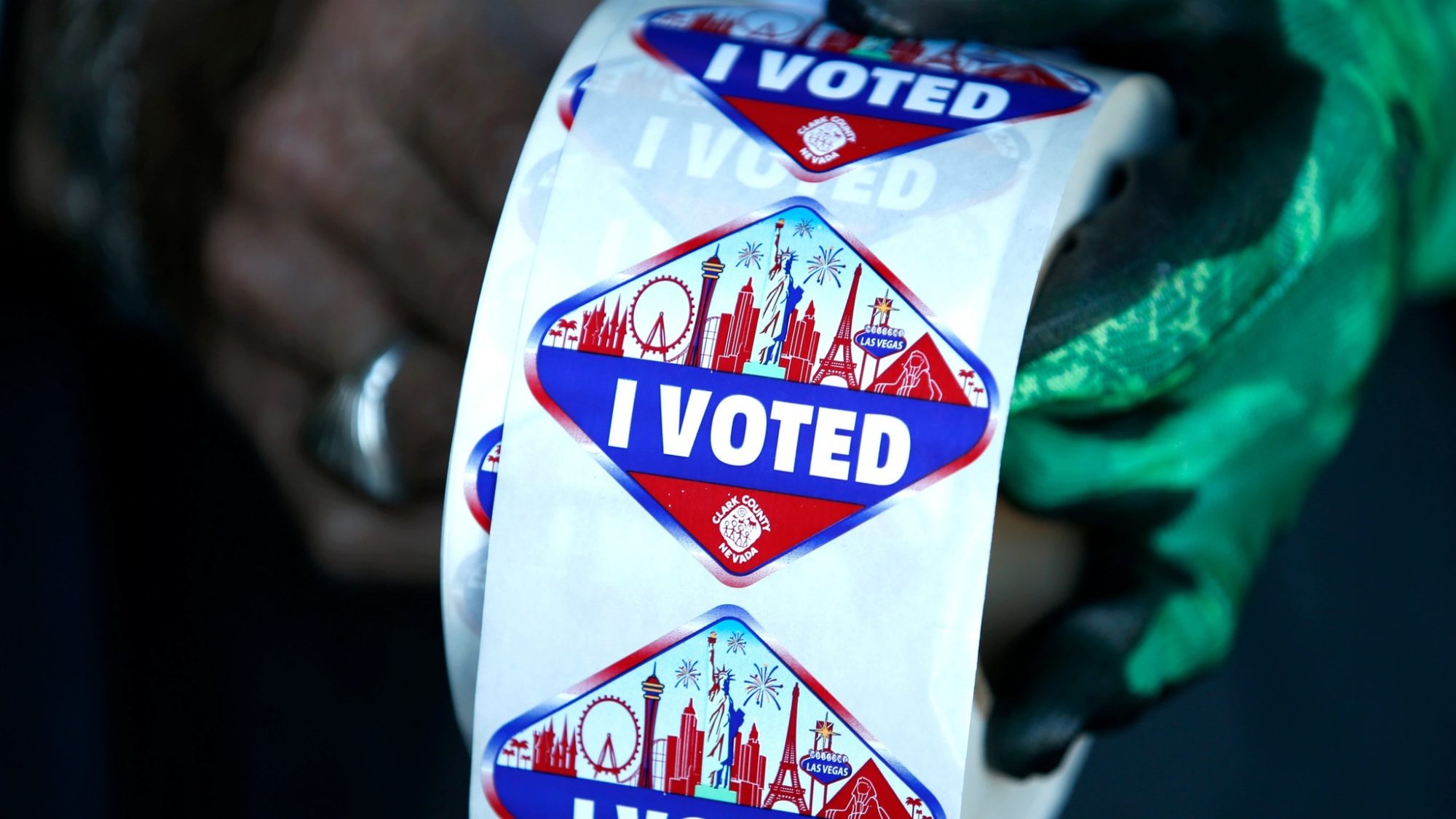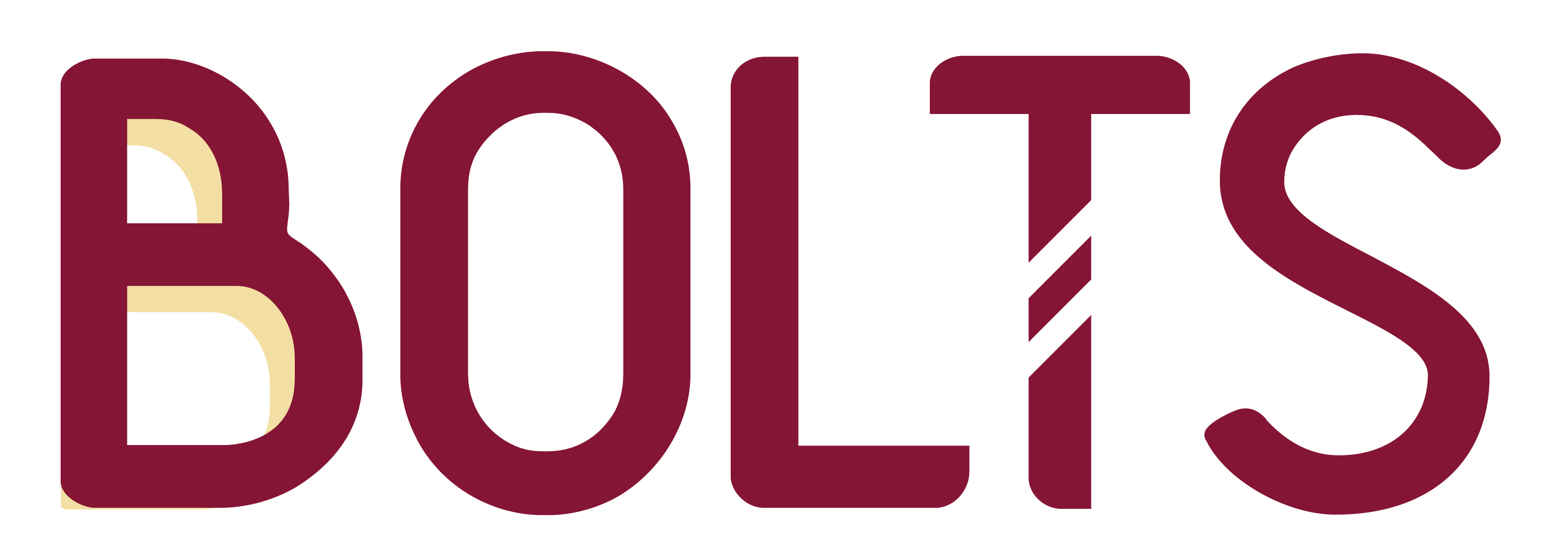Nevada Voters Consider Bringing Ranked Choice Elections to a Swing State
A proposed amendment to the Nevada Constitution could reshuffle partisan politics in one of the nation’s most competitive states.
| September 27, 2022

Sarah Palin has cried foul ever since she lost the special election for Alaska’s sole U.S. House seat in August. In the state’s first ranked choice election, Palin fell behind Democrat Mary Peltola—a major upset result in this red-leaning state. Since then, the former vice-presidential candidate has called the system a “crazy, convoluted, confusing” scheme that “disenfranchised” many Alaskans. Other Republicans in Alaska have echoed her complaints.
Palin’s reaction mirrors the worry, shared by both parties’ establishments, that ranked choice voting is making election outcomes more unpredictable at a time when high-profile races are more foreseeable than ever based on partisanship.
Now ranked choice voting is up for voter approval in Nevada, one of the nation’s most competitive states.
Question 3, which would amend the Nevada Constitution to implement a system similar to Alaska’s ranked choice voting, faces a bipartisan chorus of high-profile critics in the state, from the GOP chair to the state’s Democratic governor and both Democratic U.S. senators.
Like in Alaska, the amendment would set up a two-round system. First, it would make all candidates for congressional, gubernatorial, state executive and legislative contests run in a single primary open to all voters. The top five vote getters would then advance to the general election, where a second change would take effect: ranked choice voting, where voters can rank all five candidates on the ballot.
Despite attempts by critics to disqualify the initiative, the Nevada Supreme Court in June ruled 4-3 to let the proposed changes, known collectively as Final-Five Voting, onto the November ballot. The issue will now go before the one group that appears most excited about the reform: the public. A poll from August showed that Nevada voters support Question 3 by a 15-point margin (though nearly a third of voters say they neither support nor oppose the idea). Because the measure requires an amendment to the state constitution, it must pass this November and then again in 2024. If it passes both elections, Final-Five Voting would take effect in the 2026 election cycle.
Even small changes could tilt the balance of power in Nevada, a Democratic-controlled battleground state that was led by a Republican governor, legislature, and U.S. Senator as recently as 2016. However, neither the political dynamics nor the arguments against ranked choice voting are unique to Nevada.
Whether it’s Democrats or Republicans, the political establishment often fights RCV, and they tend to offer the same justifications: it’s confusing, potentially discriminatory, and, especially after Alaska’s recent experience with ranked choice voting, unfair.
These criticisms are especially pressing as RCV grows. In 2010, only eight major cities used ranked choice. As of July 2022, it’s used in two states, one county, and 53 cities, which are home to over 11 million voters, according to FairVote, a nonprofit advocating for RCV nationwide.
This November, nine other jurisdictions have an RCV initiative on the ballot. Nevada is the only one that includes open primaries as well, but two others—Portland, Oregon and Portland, Maine—would implement RCV on top of proportional representation, which is a “silver bullet toward gerrymandering,” says Deb Otis, director of research at FairVote, which advocates for ranked choice voting.
Proponents of Final-Five Voting in Nevada argue that open primaries and RCV are particularly well suited for the state’s political landscape. About 37 percent of voters are registered with a minor party or as nonpartisan, which is greater than both registered Democrats (33 percent) and Republicans (30 percent). Meanwhile, the state has been so gerrymandered that about half of state legislative primaries were uncontested this year.
And where there have been competitive races, the winner often earns less than the majority. Steve Sisolak won the governorship in 2018 with 49.4 percent of the vote, and Catherine Cortez Masto won her U.S. Senate seat in 2016 with 47.1 percent.
Ranked choice voting would ensure that the winner has majority support. If no candidate earns more than 50 percent of the vote in the first round, the bottom vote getter is eliminated, and their second-choice votes are redistributed to the other candidates. That process continues until someone takes the majority.
“RCV rewards both deep support as evidenced by a high number of first rankings, and broad support, as evidenced by many backup rankings,” writes Steven Hill, co-founder of FairVote.
Critics like Sisolak argue that the ranking process is confusing for voters, especially voters of color, although at least one study suggests little difference in how racial and ethnic groups understand the process. Otis argues that RCV can prevent the kind of vote dilution that can obstruct candidates of color. She points to the recent Democratic congressional primary in Detroit, which is 80 percent Black. There were nine candidates running, and after voters split their votes between multiple Black contenders, a non-Black candidate won with around 28 percent of the vote. Now, Detroit will likely not have Black representation in Congress for the first time since the early 1950s.
“Once they get to know the candidate field, people tend to know, ‘Oh, I like these three,’ ‘I’d be ok with these three,’ and ‘I really don’t want these three,’” she says. “But we’re locked into a ballot style where we cannot express that.”
In terms of difficulty, voters also reported few problems in the most recent high-profile ranked choice voting election, the Alaska special election triggered by the death of U.S. Representative Don Young. Ninety-five percent of voters surveyed by Alaskans for Better Elections said that they’d received instructions on how to rank their choices before filling out their ballots. Only 6 percent said that the system was “very difficult” to use. Eighty-five percent said it was “somewhat” or “very” simple.
After nearly 50 candidates ran in the election’s first stage in June, four moved to the August runoff to be decided by ranked choice voting. One dropped out, leaving in Peltola the Democrat and two Republicans: Palin and Nick Begich.
In the first round of the ranked choice voting, Peltola received about 40 percent of the vote; the two Republicans combined for about 60 percent, with Palin coming in second. When Begich’s voters were transferred to other candidates, though, Peltola clinched a win over Palin, 51 to 49 percent.
To Palin, this was evidence that something went awry: The victory of a Democrat, Palin says, has “disenfranchised” the 60 percent of first-round voters who opted for a Republican.
But voters select candidates, not parties. Just half of Begich voters chose Palin as their second choice, and nearly 30 percent flipped and went to Peltola.
When unpopular candidates with a ceiling to their support like Palin prevail in a primary, they often lose a lot of voters their party would otherwise expect to win in a general election, which leads to upsets. The Begich voters who voted for Peltola may fall in that familiar category.
But the remaining 21 percent didn’t rank anyone else, meaning their ballot was “exhausted” in the final round of the election between Palin and Peltola, and played no role. Critics of ranked-choice voting generally fault the system for producing too many of these “exhausted” ballots, leaving some unable to influence the decisive round.
David O’Brien, policy counsel for RepresentUs, says choosing how many people to rank is part of what people get to decide. “We shouldn’t assume people don’t rank every candidate because they’re confused or don’t understand the process,” he says. “If voters don’t choose to rank every candidate, that’s their choice.”
Still, about eight percent of all voters who participated in Alaska’s August primaries did not have a preference registered in the final round that settled the House winner. That’s an unusually high rate for a high-profile election. In the past two cycles in November 2018, and 2020, no more than 2.5 percent of Alaskans who went to the polls skipped voting in the U.S. House general election. Now, Peltola, Begich, and Palin are all running again in a regularly-scheduled election in November, and Republicans think they can do better with fewer “exhausted” ballots. They are urging voters to “rank the red” to ensure that either Palin or Begich wins.
If Nevada switches to a similar system, it may shuffle the partisan calculations of the state’s usually-tight general elections.
That’s not necessarily a bad thing, says Katherine Gehl, who founded The Institute for Political Innovation, which has led the campaign for Final-Five Voting in Nevada this year.
She argues that, because the status quo guarantees the dominance of both major political parties, especially in gerrymandered districts without competitive primaries, politicians have little incentive to deliver results for voters. In that sense, Final Five is as much about changing the behavior or lawmakers as it about voters. “The threat of new competition in any industry, that really drives progress,” she says.

